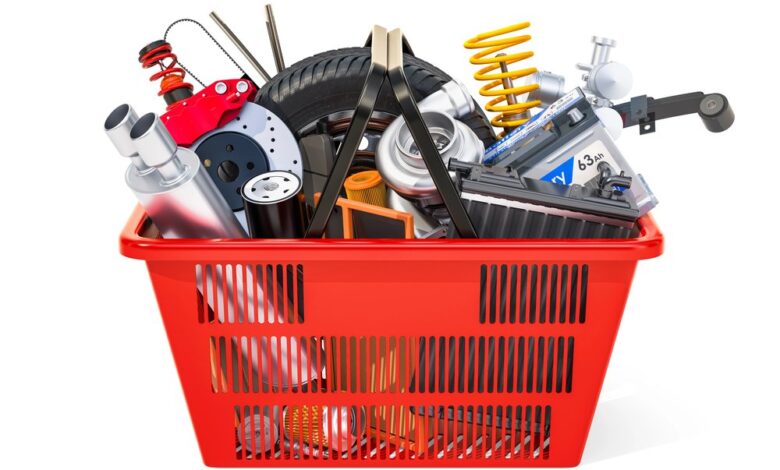What you need to ace if you want to win customers

As e-commerce heats up, a new study shows that high delivery costs and complicated checkout processes are driving shoppers to abandon their carts, underscoring the critical need for retailers to perfect their delivery game.
A new consumer study conducted by Retail Week in partnership with nShift highlighted the critical role of delivery in the success of e-commerce retailers. The study, Shopper Unlocked: Inside the Minds of 1,000 Consumers, found that 95 per cent of shoppers have abandoned a shopping basket at some point. High delivery costs are the leading cause, with 62 per cent of shoppers citing this as their reason.
Complicated checkout processes were blamed by nearly a quarter (23 per cent) of shoppers, while around 20 per cent pointed to poor delivery timeframes and unsatisfactory return policies as key issues.
Customers highly value convenience in their shopping experience, with nearly two-thirds (63 per cent) of respondents indicating that the ability to choose the time and date of delivery is very important. Additionally, 62 per cent of shoppers stated they would not purchase again from a retailer after a single bad delivery experience.
David Carey, senior vice president of customer experience at nShift, emphasized the importance of flawless delivery experiences.
“These results hammer home just how little patience most consumers have for bad delivery experiences — and how important it is for retailers to get deliveries right every time,” he said in the announcement about the survey findings. “As we move into the second half of the year and the peak shopping season, the most successful retailers are likely going to be those that focus on delivery and experience management as a business-critical point of difference.”
To help retailers prepare, nShift offered five key tips:
- Offer a broad range of delivery choices: Retailers must provide a variety of fulfillment options, including different delivery costs, times, and locations. Doing so can increase conversions by 20 per cent.
- Clearly communicate on returns: While free returns are popular among shoppers, they may not be feasible for all retailers. Regardless of the policy, it must be clearly communicated and prominently displayed on the website.
- Use returns to your advantage: Returns are inevitable during peak periods, but with efficient processes, retailers can convert up to 30 per cent of returns-related refunds into exchanges and repeat business.
- Take ownership of the post-purchase experience: The relationship with the customer does not end at checkout. Personalized communications, branded messaging, and real-time tracking can enhance the post-purchase experience, fostering customer loyalty and repeat purchases.
- Ensure your core delivery management capability is up to scratch: Retailers need multi-carrier capabilities to ensure transport capacity during busy periods and offer the range of delivery options that shoppers seek, including local pick-up points.
“Customers expect delivery to be sculpted around their lifestyle,” Carey said. “It will be no different as peak season draws near. Being match-fit for peak season depends on taking the right steps now, so retailers can truly differentiate through deliveries.”






